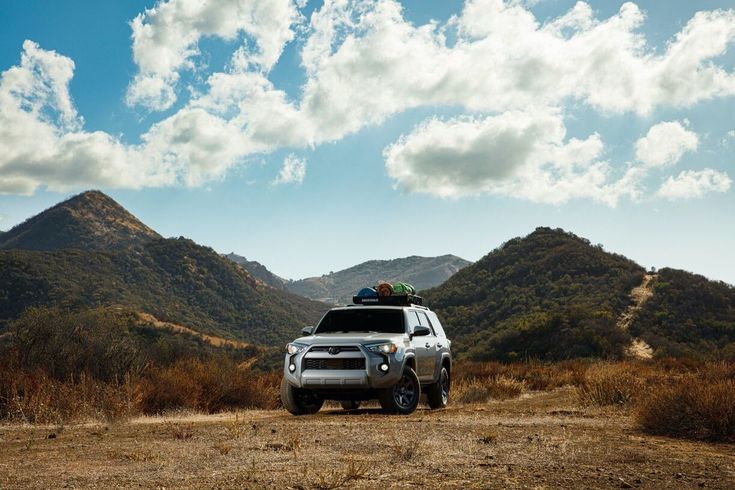Toyota has a golden reputation for making indestructible machines, but not every model lives up to that legendary status. Some Toyotas will outlive three owners, clocking over 300,000 miles without flinching.
They might just leave you stranded on the side of the road, questioning your loyalty to the badge. In this guide, we’re diving into both ends of the spectrum—Toyota models that are practically immortal and the ones that’ll make you curse the day you trusted the brand.
Whether you’re hunting for a used Toyota that’ll last a lifetime or trying to avoid an overpriced headache, this breakdown will save you time, money, and a lot of driveway repairs. From engines that never die to CVTs that self-destruct, we’re calling it exactly like it is. This isn’t just about reliability—it’s about which Toyotas live up to the hype and which ones fall flat.
So buckle in, fellow gearheads. Here’s the real story on the Toyotas that truly go the distance—and the ones that’ll break your faith faster than a busted head gasket.
5 Toyotas That Still Run With 300k+ Miles
Not all heroes wear capes—some wear Toyota badges. These Toyotas are legends on the road, known for their unbeatable durability and reliability. Trusted by mechanics and loved by owners, they’re the cars that keep going strong well past 300,000 miles.
With engines built to last and minimal maintenance headaches, they survive everything from daily commutes to off-road adventures. Whether you’re hunting for a dependable used ride or planning to drive something for life, these models are your best bet. If you want a Toyota that just won’t quit, these are the proven warriors you’ll want in your garage.
ALSO READ: 5 Toyota Hybrids With Long Lives and 5 That Constantly Glitch
1. Toyota Land Cruiser (Any Year)
If reliability were a religion, the Land Cruiser would be its prophet. This beast isn’t just built to last—it’s built to conquer. With its bulletproof 4.7L V8 (in the 100 and 200 Series) and indestructible body-on-frame construction, the Land Cruiser is known to cross 300,000 miles with nothing more than oil changes and tire swaps.
Whether it’s crawling through African deserts, hauling loads in Australia, or soaking up highway miles in the U.S., the Land Cruiser doesn’t flinch.
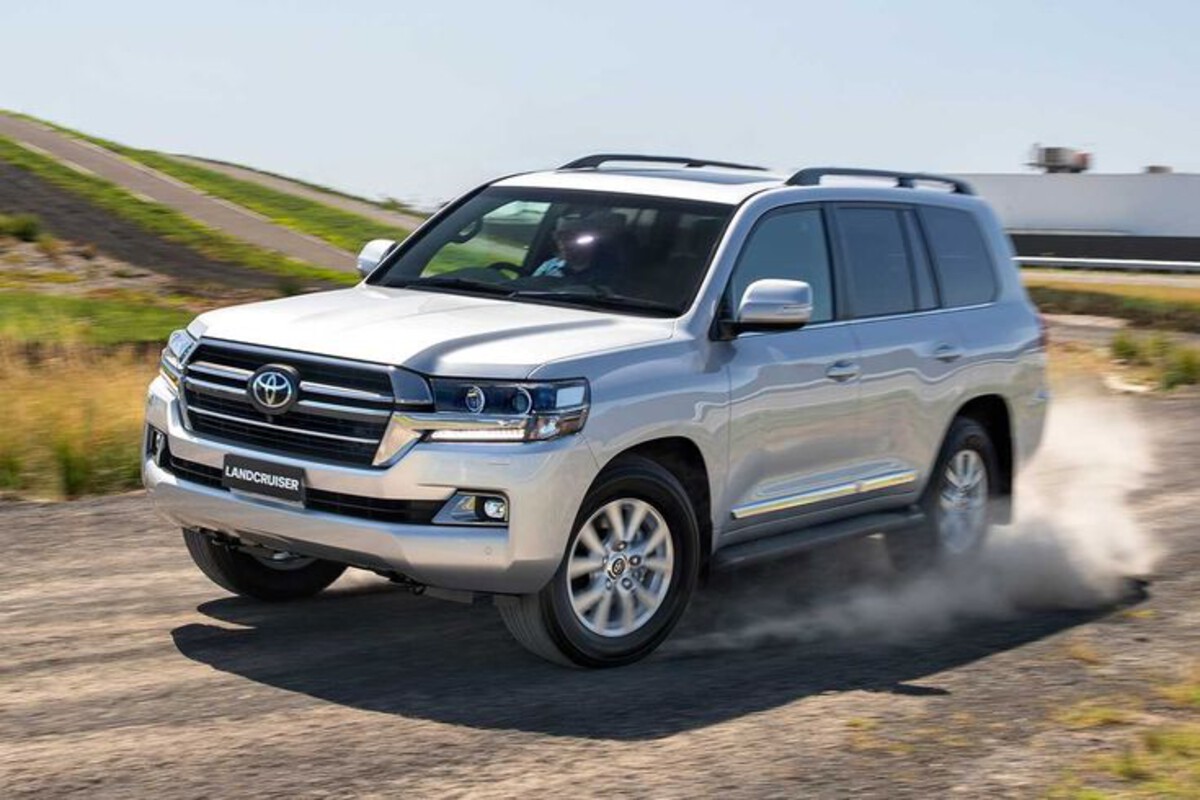
Its transmission is smooth, the suspension is rugged yet refined, and the drivetrain is engineered with overkill in mind. It’s no surprise why Toyota never sells many—they don’t need to. Owners don’t part with them. Ever.
Sure, it’s thirsty on gas and not cheap to maintain—but it’ll run forever if you treat it right. This is the kind of vehicle that mechanics recommend because they know they won’t see it often. If you find a well-maintained Land Cruiser with 200k on the clock, don’t flinch—buy it. It’s just getting warmed up.
2. Toyota 4Runner (1996–2002 & 2003–2009)
Ah, the 4Runner—Toyota’s other tank. The third and fourth generations of the 4Runner have achieved cult status for one reason: they’re practically unkillable. With the legendary 3.4L or 4.0L V6 engines, these machines routinely cross 300,000 miles without anything more than routine maintenance.
Owners rave about the build quality, frame strength, and simplistic engineering. These SUVs were made before Toyota started stuffing everything with delicate electronics. The drivetrain is solid, the transmissions are well-geared, and the suspension can take a beating, on or off-road.
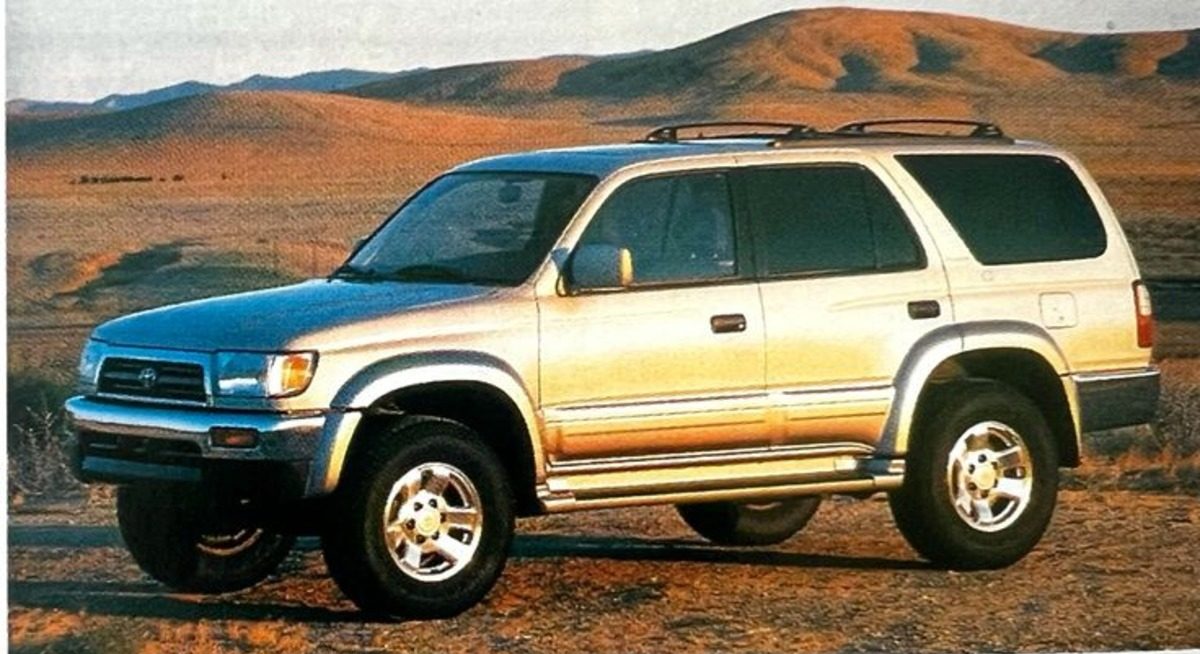
You’ll often find these rigs in rough terrain, with hunting gear in the back and a dog in the front seat, still running smoothly at 350k miles. A 4Runner isn’t just a daily driver—it’s a lifestyle. And it’ll follow you wherever life takes you, whether that’s the mountains or a Costco run.
Just make sure to check the frame for rust—especially on older models—and you’re good to go.
3. Toyota Camry (2002–2011)
Say what you want about the Camry—it’s not flashy, but it is eternal. Especially the 2002–2011 models with the 2.4L 4-cylinder or 3.5L V6. These sedans were built during Toyota’s peak reliability phase, and they’re everywhere with 300,000+ miles on the odometer.
Mechanics love the Camry because there’s nothing complicated to fix. No turbochargers, no gimmicks—just solid engineering and time-tested durability. The powertrain is smooth, the ride is quiet, and the fuel economy is decent even by today’s standards.
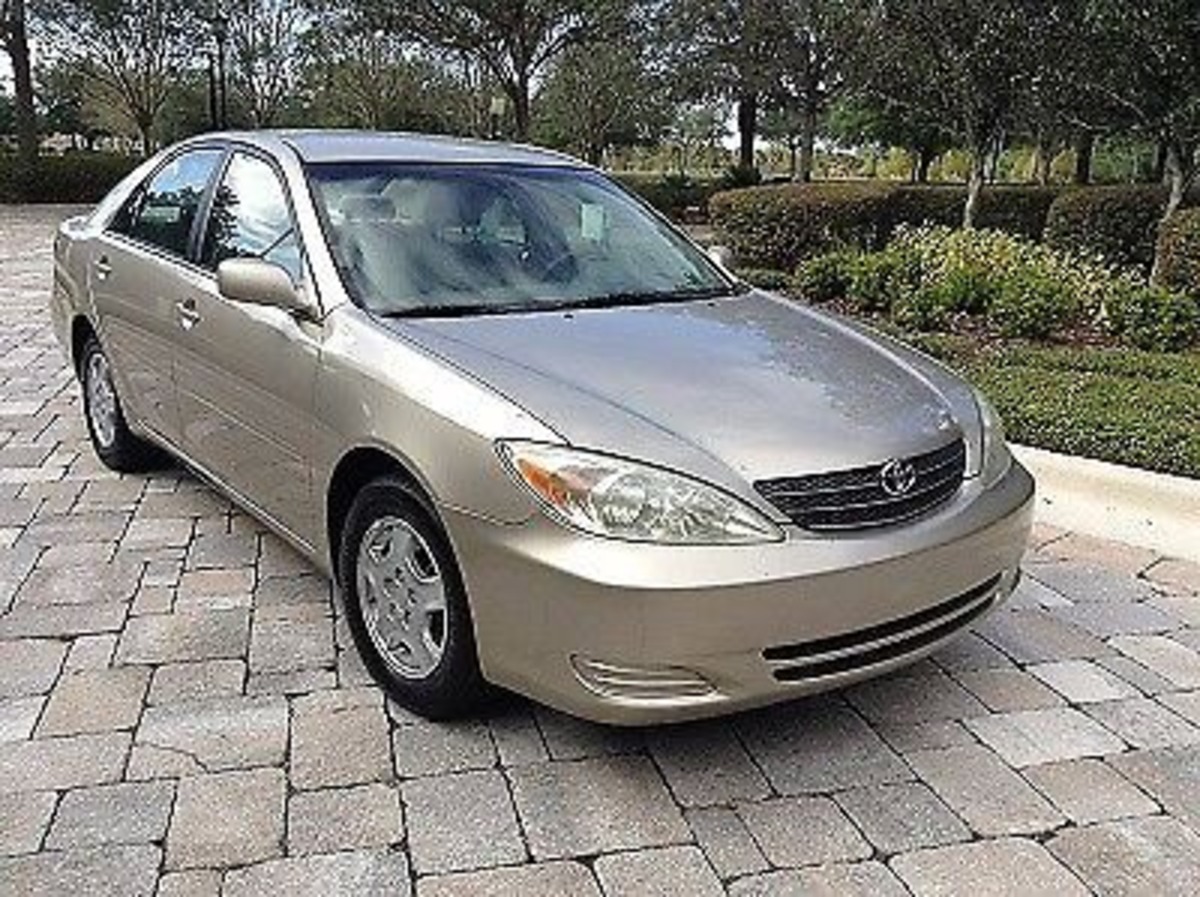
What makes the Camry stand out is that it achieves longevity with grace. No weird noises, no check engine lights, just consistency. It’s the go-to used car recommendation for anyone who says, “I just want something that won’t die.”
Need a commuter that’ll serve you for a decade or more? Grab a clean Camry with maintenance records and drive it like you stole it (gently, of course).
4. Toyota Tacoma (1995–2004)
The first-gen Tacoma has earned its place in the hall of fame for longevity. Ask any off-road enthusiast or delivery driver in a dusty corner of Arizona, and they’ll tell you: this little truck refuses to die.
It’s got one of Toyota’s toughest engines—the 2.7L or 3.4L V6—and a reputation for simplicity. No CVT. No complicated computers. Just raw mechanical excellence. Sure, it’s not fancy, but that’s the point. These trucks were built to be abused and come back for more.
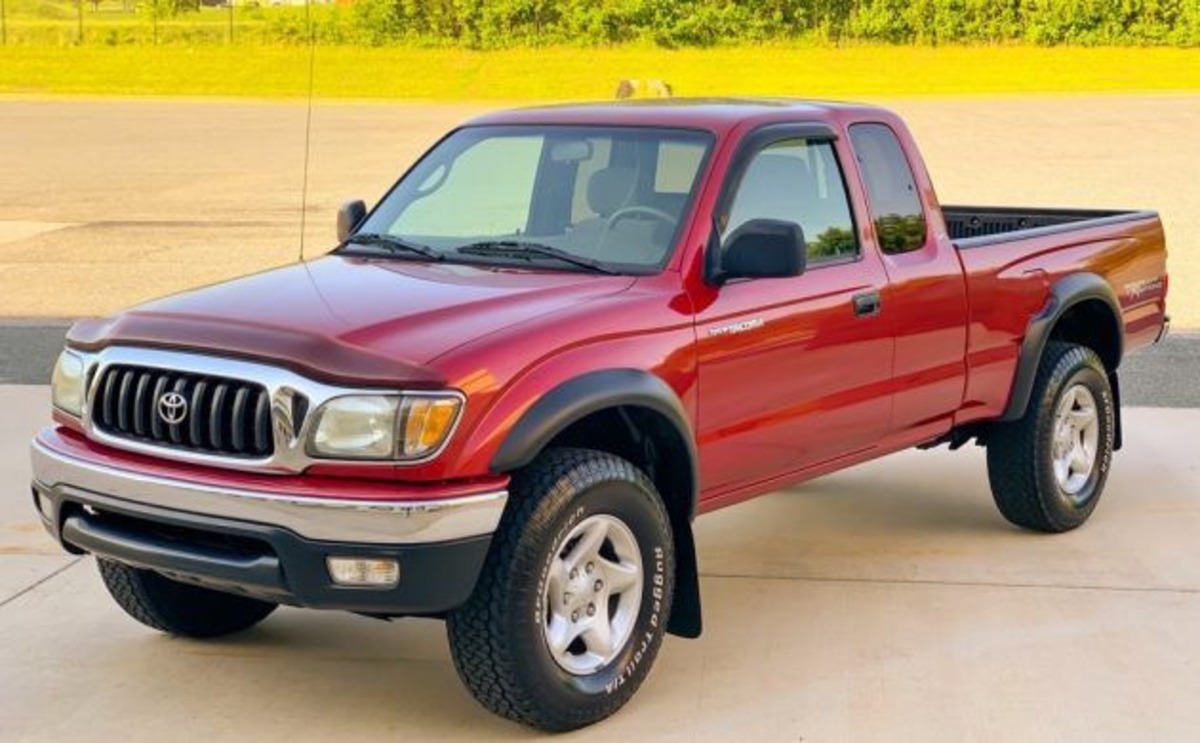
You’ll see these still kicking around with 350k on the odometer, hauling lumber or heading out on trails. The only major issue? Frame rust, especially in the Northeast. Toyota even had to buy some back due to corrosion, but if you find one with a solid frame, it’s a gem.
5. Toyota Corolla (2003–2013)
You probably saw this one coming. The Toyota Corolla is basically the cockroach of the automotive world—in the best way. These things are nearly impossible to kill. The 1.8L engine? Bulletproof. The transmission? Simple and sturdy. It’s the kind of car that shrugs off years of abuse and still starts on the first try.
This particular generation came out before Toyota went crazy with touchscreens and digital gimmicks, so it keeps things refreshingly basic. And that’s a good thing. Less to break, less to fix. Just stick to oil changes, keep up with brake maintenance, and you’re easily looking at 300,000 miles—possibly more.
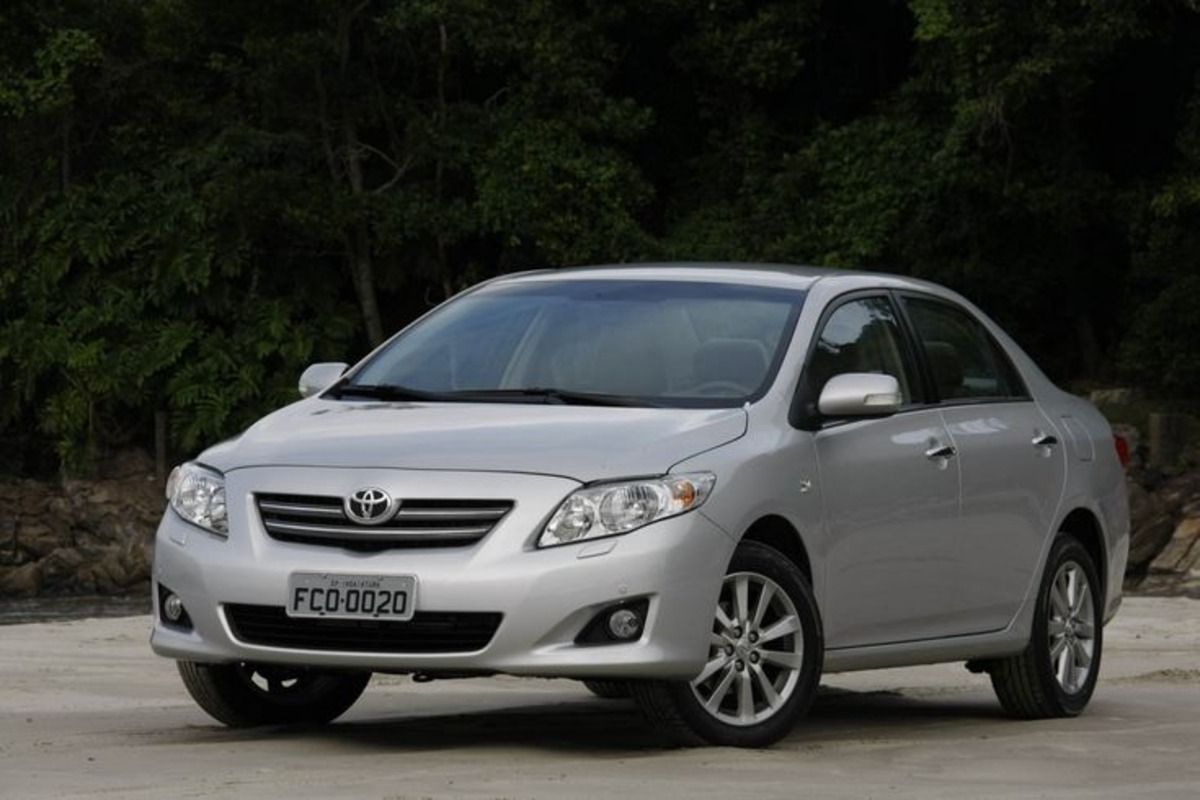
No, it’s not thrilling to drive. It’s not going to turn heads or win drag races. But if you’re after something that just works—day in, day out—this is your answer. Used models are everywhere, parts are cheap, and mechanics see them so often they can fix them with their eyes closed.
The Corolla’s charm lies in how little it asks from you. It doesn’t care about trends or flash. It just wants to get you to work, to the store, to wherever—quietly, cheaply, and without fuss. And honestly? That’s a rare kind of brilliance.
5 Toyotas That Break Your Faith in the Brand
Even Toyota isn’t perfect. While the brand is known for bulletproof reliability, some models have earned a reputation for costly repairs and mechanical letdowns. These vehicles may wear the trusted Toyota badge, but they’ve left many owners frustrated and disappointed.
From weak transmissions to engine failures, they break the faith many place in the brand. If you think every Toyota is a safe bet, think again. These are the models that remind us even legends can stumble. Before you buy used or new, make sure you know which Toyotas are worth avoiding—and which ones might cost you dearly.
ALSO READ: 5 American Cars That Are Surprisingly Reliable and 5 That Should Be Avoided at All Costs
1. Toyota RAV4 (2006–2008 V6 AWD)
You’d think the RAV4 would be a safe bet—and usually, it is—but the 2006–2008 V6 AWD versions? Different story. Those ones are trouble in disguise. The 3.5L V6 was powerful, sure, but Toyota didn’t quite match it with a transmission that could handle the extra grunt.
Around the 100k mark, things start going sideways—rough shifts, slipping gears, and full-on transmission failure. It’s not just “wear and tear”—it’s expensive, frustrating, and way too common.
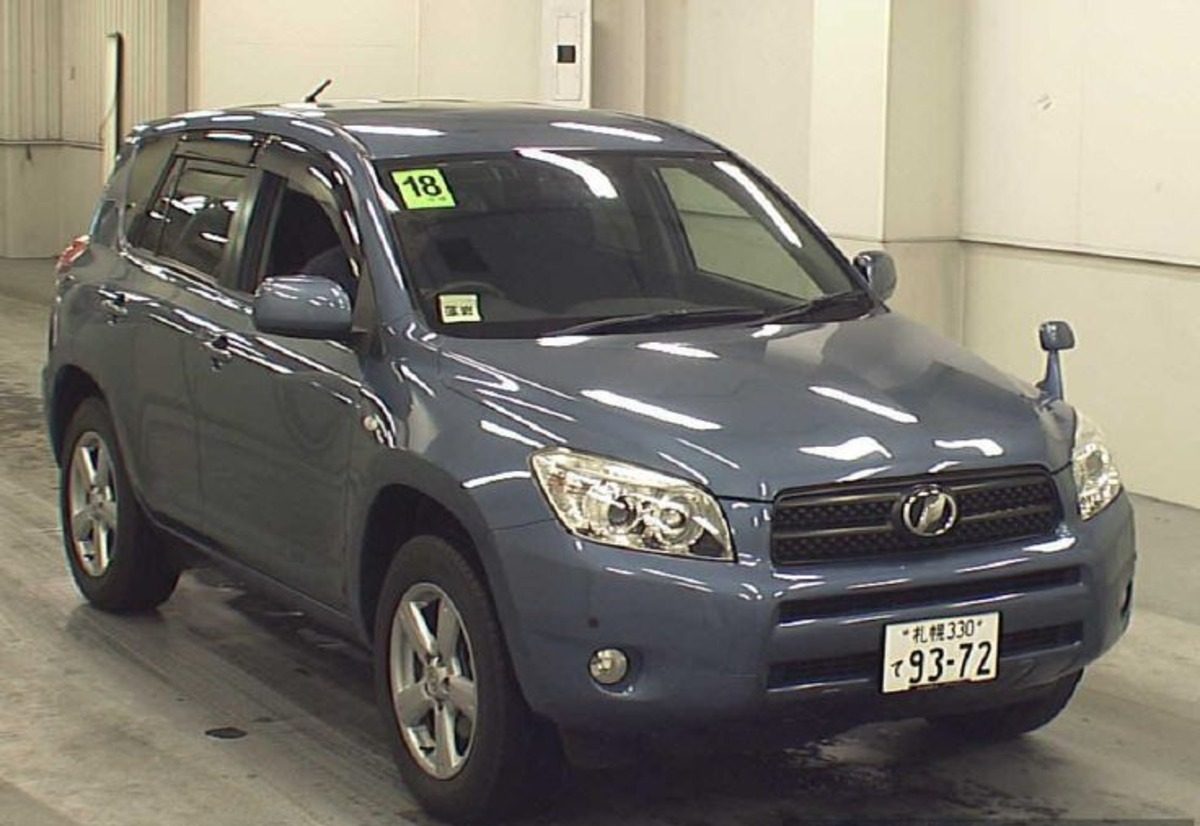
And the AWD system? Clunky at best. It’s known to trigger warning lights, throw weird codes, and in some cases, stop working altogether. Not exactly confidence-inspiring when you’re out in the snow or on a road trip.
Plenty of owners were caught off guard, expecting classic Toyota reliability but getting stuck with massive repair bills. And Toyota didn’t exactly jump to cover the costs unless you raised hell at the dealership.
If your heart’s set on a RAV4, the 4-cylinder models from those years are much safer. Or just steer clear of 2006–2008 V6 AWD entirely. They’re not worth the gamble. You buy a RAV4 for peace of mind—this one delivers the opposite.
2. Toyota Prius (2010–2014)
Toyota’s hybrid poster child isn’t always a saint. The 2010–2014 Prius models suffered from a notorious issue: head gasket failure. At around 150k miles, many owners began experiencing white smoke, overheating, and coolant loss—right before their faith in Toyota disappeared.
Repairing a Prius engine isn’t cheap.
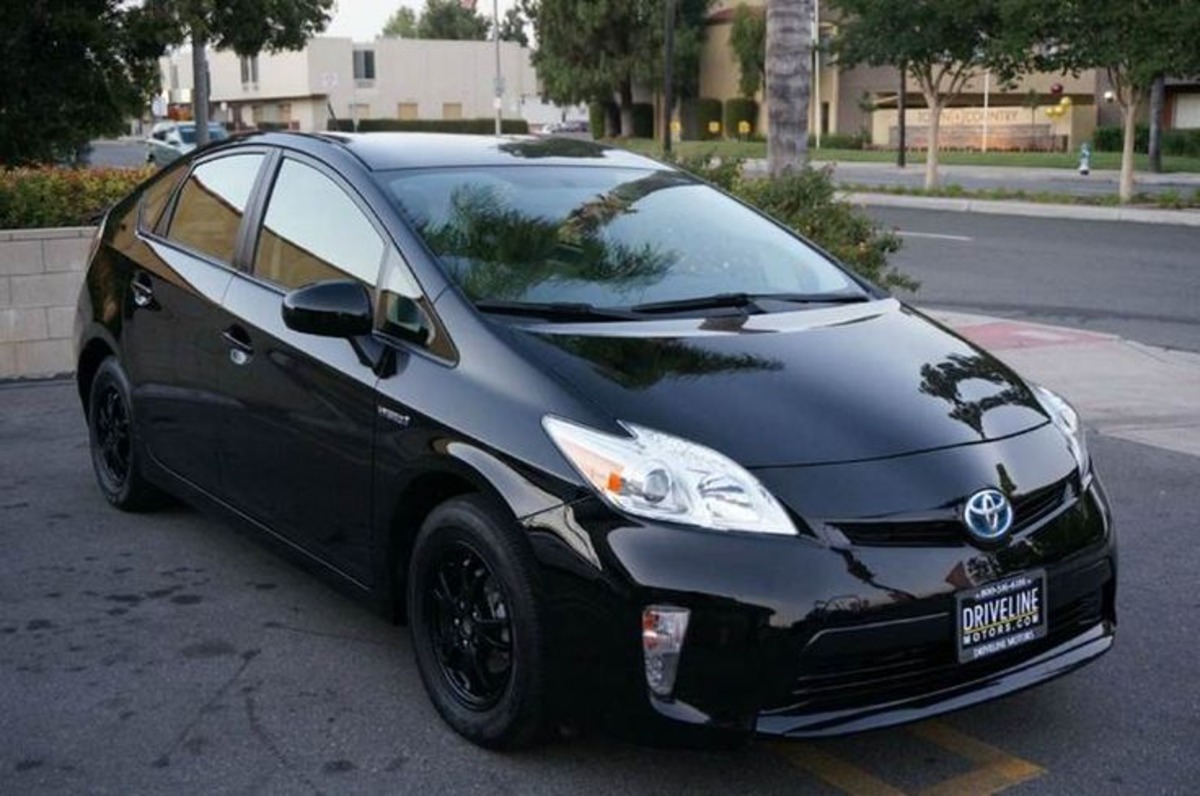
And when the hybrid battery starts fading around the same time, it becomes a financial black hole. Combine that with oil consumption issues and expensive dealer servicing, and you’ve got a recipe for regret.
The Prius is a fuel-sipping genius when it works. But when it doesn’t? It’s one of the most expensive Toyotas to fix. Reliability isn’t just about gas mileage—it’s about peace of mind.
3. Toyota Sienna (2007–2010)
Family haulers should be dependable, but the 2007–2010 Toyota Sienna proved otherwise. The Achilles’ heel? Transmission failure. Many owners reported issues as early as 90k miles, with slipping gears, hesitation, and eventual breakdowns.
That’s not the only problem.
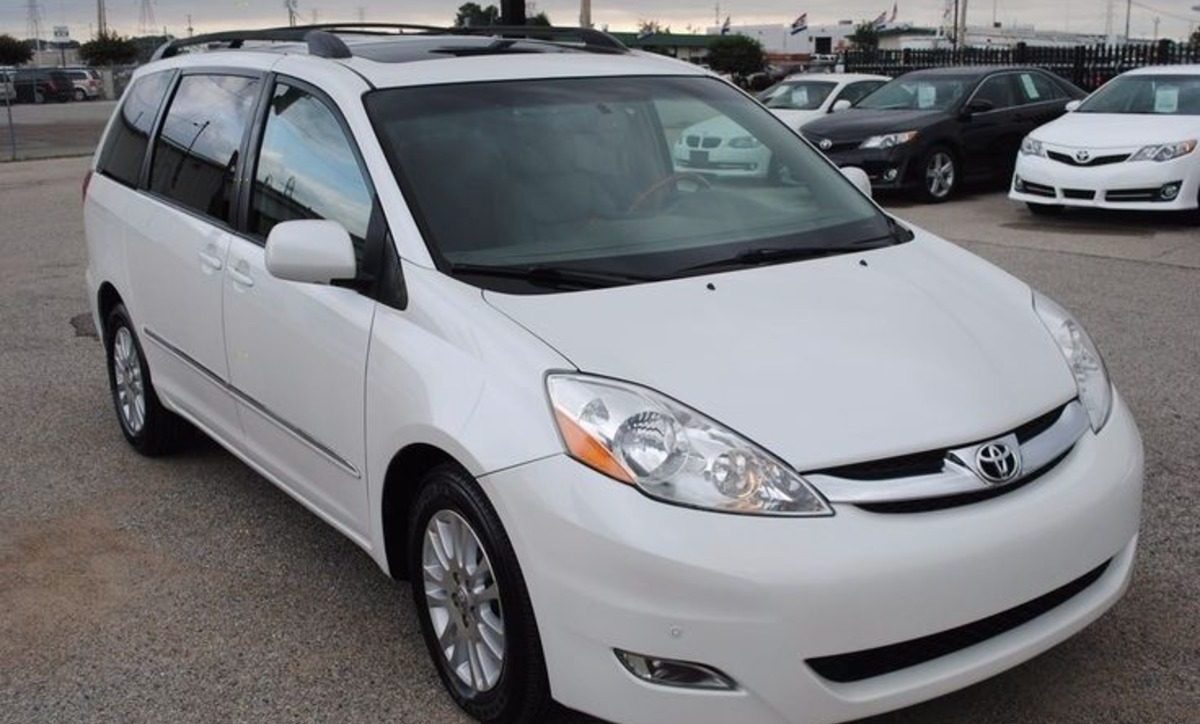
The sliding doors often malfunction (and cost a fortune to fix), and the run-flat tires on some trims wear out fast and cost double to replace. Add aging electronics and a lackluster interior, and this minivan doesn’t deliver Toyota’s usual dependability.
Minivans have a tough life, but the Sienna’s problems aren’t from abuse—they’re from bad design. If you’re buying one used, double-check service history and be ready to shell out cash for unexpected repairs.
4. Toyota Matrix (2009–2013)
On paper, the Matrix was a great idea: sporty hatchback utility with Toyota reliability. But in reality, these models—especially the AWD versions—suffered from serious drivetrain and suspension issues.
Premature wheel bearing wear, noisy engines, and faulty sensors were all too common.
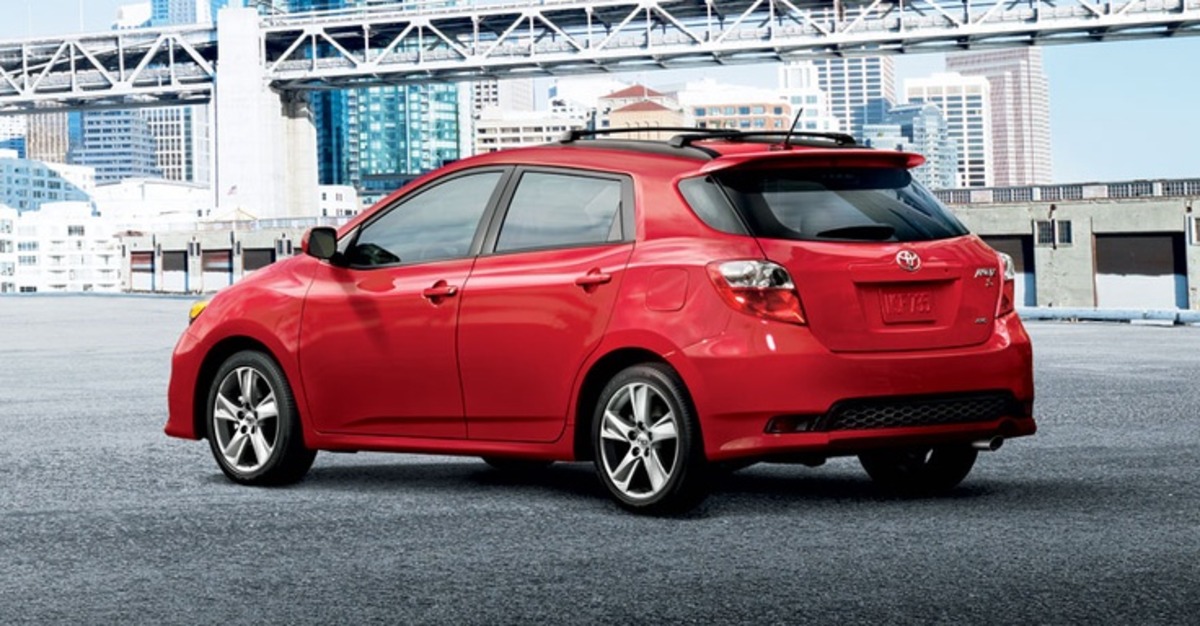
The 1.8L engines in some trims were known oil burners, and electrical gremlins popped up in aging models. While the Matrix wasn’t a disaster, it also wasn’t the bulletproof Toyota many expected. Repairs piled up quicker than expected, and resale values dropped accordingly.
If you must buy one, go for the base trim and inspect everything twice.
5. Toyota Avalon (2005–2007)
The Avalon’s supposed to be the classy older sibling to the Camry—more power, more comfort, more “luxury.” But if you’re looking at the 2005–2008 models, think twice. These came with a nasty habit: the 3.5L V6 had oil line failures that could dump all your engine oil in seconds.
If you didn’t catch it immediately? Say goodbye to your engine. Toyota did issue a service bulletin, but not everyone got coverage, and plenty of owners were left footing the bill.
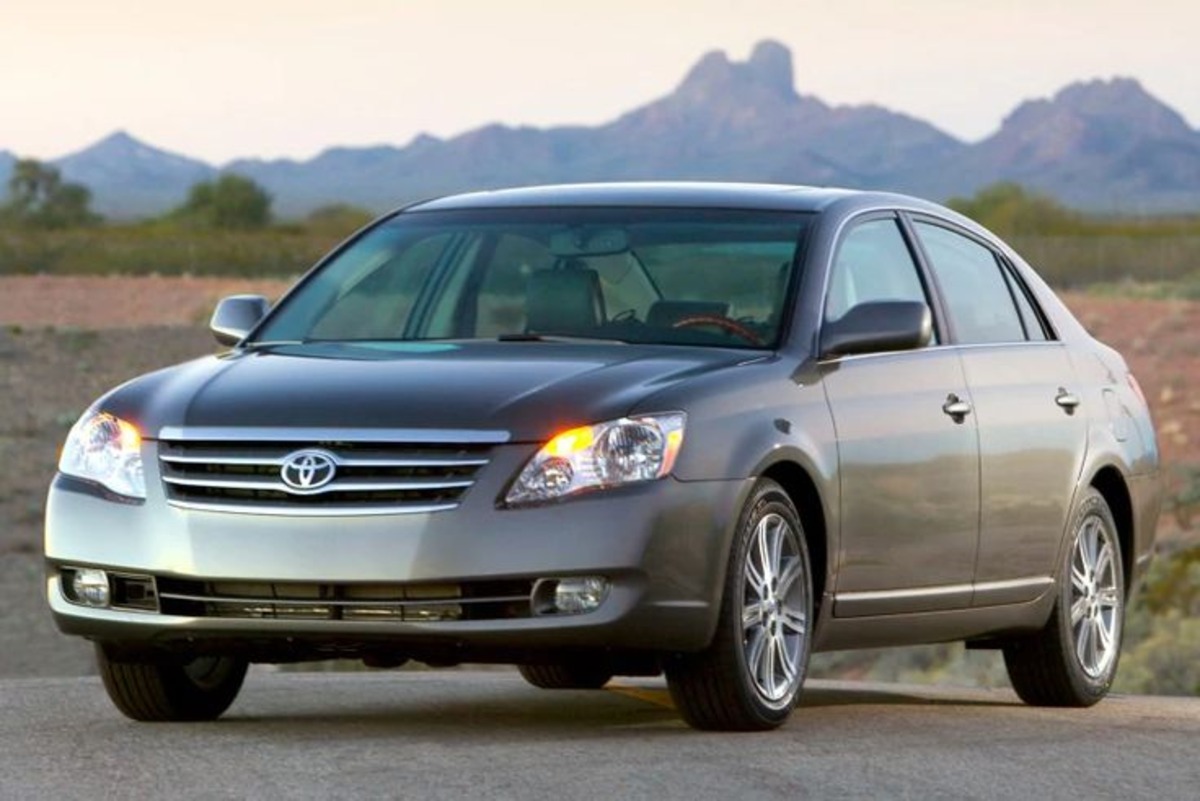
That wasn’t the only weak point. The dashboards on these cars were known to crack way too early, even in mild climates. Add in a suspension that aged like milk—failing strut mounts, worn bushings, annoying clunks—and the so-called luxury experience quickly fades.
It’s a shame, because when the Avalon works, it’s smooth, quiet, and honestly a great highway cruiser. But that’s not worth much when you’re worried about a ticking oil line or bouncing over potholes like you’re in a 15-year-old econobox.
Bottom line: if you want Toyota comfort and longevity, go with a Camry from the same years. You’ll give up a bit of size, but you’ll save yourself a ton of stress—and likely, a few thousand bucks in repairs.
Toyota’s reputation for long-lasting vehicles isn’t just hype—it’s backed by millions of owners still driving their 300k-mile warriors. But even the best brands have their bad days, and not every Toyota is built to go the distance.
If you’re looking for a car that’ll be there for the long haul, stick with tried-and-true legends like the Land Cruiser, 4Runner, or Camry. But if you’re scouring used listings and come across a 2007 Sienna or a 2011 Prius with 180k miles—walk away. Fast.
Reliability isn’t just about the badge on the grille—it’s about the heart under the hood. Choose wisely, and your Toyota will reward you with decades of service. Pick wrong, and you might just end up asking, “I thought Toyota was supposed to be reliable?”
Because even for die-hard Toyota addicts like us, it’s not always love at first drive.

